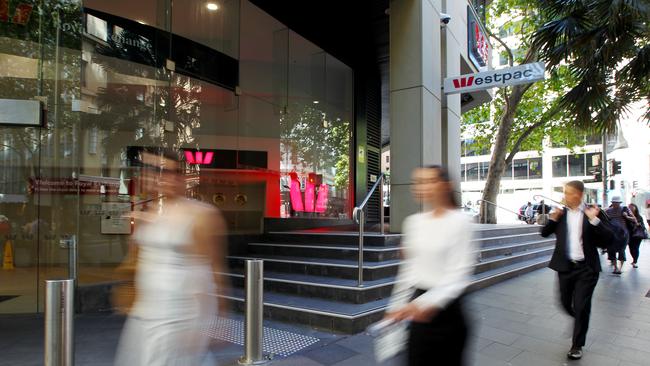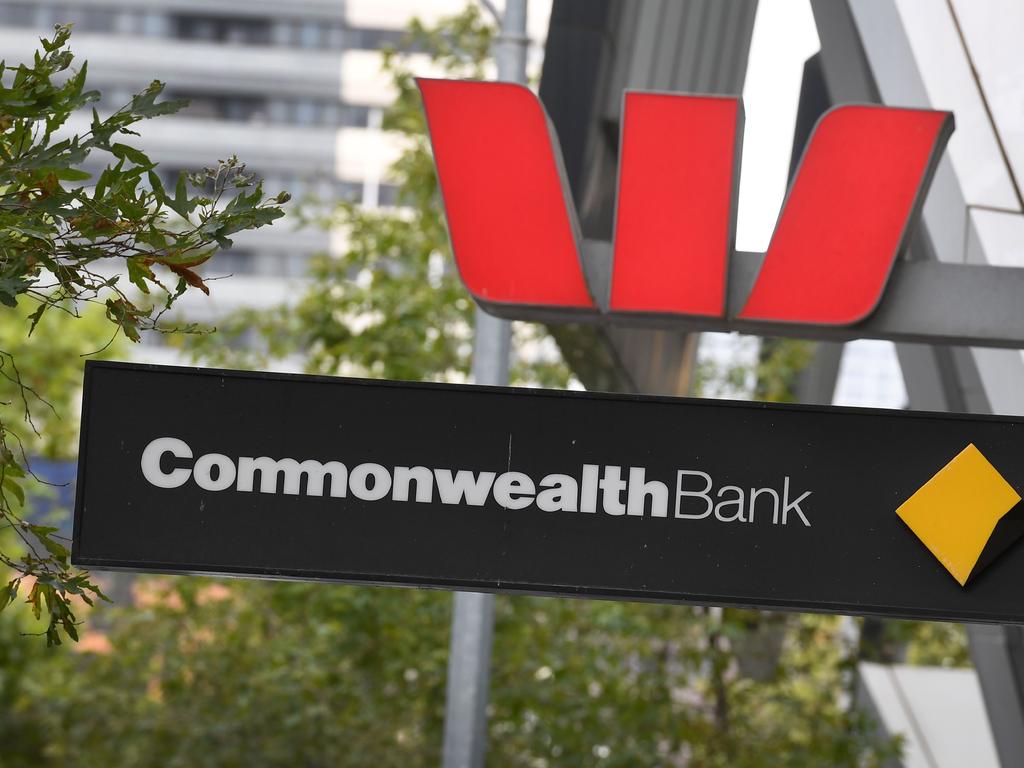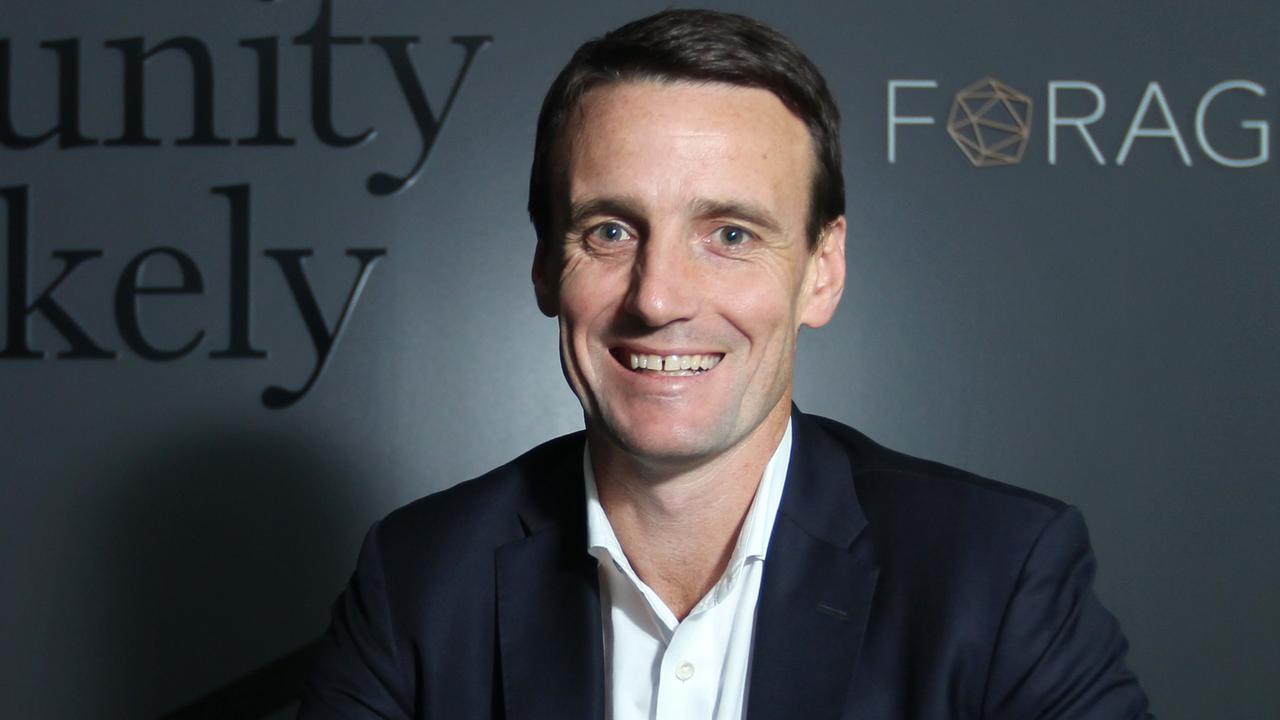Mortgage switch is on as fixed rates undercut variable
Record low interest rates are causing a fundamental shift in the mortgage market, as the major banks slash the price of fixed-rate loans.

Record low interest rates are causing a fundamental shift in the mortgage market, as the major banks slash the price of fixed-rate loans but leave variable rates undisturbed.
As part of an ongoing battle to slow the erosion of their profit margins, Commonwealth Bank, Westpac and National Australia Bank announced four-year, fixed-rate home loans of below 2 per cent for the first time.
Both CBA and Westpac opted for a 1.99 per cent rate, with NAB going a touch cheaper at 1.98 per cent and ANZ Bank alone among the majors in excess of 2 per cent at 2.29 per cent.
Now that fixed rates undercut the most competitive variable rates, borrowers have been refinancing to take advantage of the opportunity.
Housing refinancing reported by the Australian Bureau of Statistics surged by $24bn, or 44 per cent, for the six months to September compared to a year ago.
Canstar group executive financial services Steve Mickenbecker said the emphasis on fixed rates was not a new phenomenon.
“For the banks, the beauty of adjusting fixed-rate loans is that the margin impact is minimised because they don’t have to reprice their back books (of existing loans),” Mr Mickenbecker said.
Bank net interest margins, or the difference between interest earned on loans less the interest paid on deposits, are under relentless pressure, amid heavy competition and anaemic credit growth.
In the past, the industry has been able to implement countermeasures, such as slashing deposit rates or failing to pass on part or all of a Reserve Bank cut in official rates.
However, as the cash rate approaches zero after six reductions in the past 18 months, the sector’s ability to pull the deposit-rate lever has diminished.
A Morgan Stanley note on Wednesday says the major banks now have $660bn in deposits that pay interest of less than 25 basis points.
This equated to 34 per cent of their total deposit base, up significantly from $405bn, or 23 per cent, a year ago.
More than one-third of their deposits are therefore quarantined from further rate cuts.
After slashing official rates by 15 basis points on Tuesday to 0.1 per cent, Reserve Bank governor Philip Lowe said he “would expect and hope” that the reduction was passed on.
But the governor acknowledged that transmission was now occurring in a different way, with banks tending to pass on lower rates to customers through a private negotiation rather than automatic adjustments to the standard variable rate.
“I would expect that to continue to be the case,” Dr Lowe said. “The best outcome would be for standard variable rates to be lower, but if that doesn’t happen I am confident there will be pass-through occurring through people negotiating switching.
“I would encourage everybody to go and ask their bank for a better deal and if they don’t give it to you, switch to a bank that will.”
Jefferies analyst Brian Johnson nominated another factor behind the shrinking interest margins of the big four — the weaker pricing power of the industry oligopoly. He said the banks had enjoyed strong pricing power after the onset of the financial crisis in 2008-09.
This, he said, was probably the main driver of the sector’s premium valuation compared to its global peers.
Since then, amid a series of scandals leading to the financial services royal commission and a lift in competitive intensity, the industry’s pricing power had faded.
Mr Mickenbecker said the focus on fixed rates would continue for the foreseeable future, given Dr Lowe’s prediction that ultra-low official rates would continue for at least three years.
“The margin squeeze is full-on at the moment, so the temptation will be there for the banks not to pass on rate cuts to existing borrowers,” he said.
For a long time, the Australian mortgage market has overwhelmingly been a variable-rate business, in contrast to the likes of New Zealand where fixed-rate lending dominates.
The share of fixed-rate lending in the domestic market has mostly hovered around 15 per cent.
With new flows, however, the share has been in the 30-40 per cent range, lifting the overall proportion above 20 per cent.
Mr Mickenbecker advised consumers who wanted a better deal to present themselves as “new borrowers”.







To join the conversation, please log in. Don't have an account? Register
Join the conversation, you are commenting as Logout